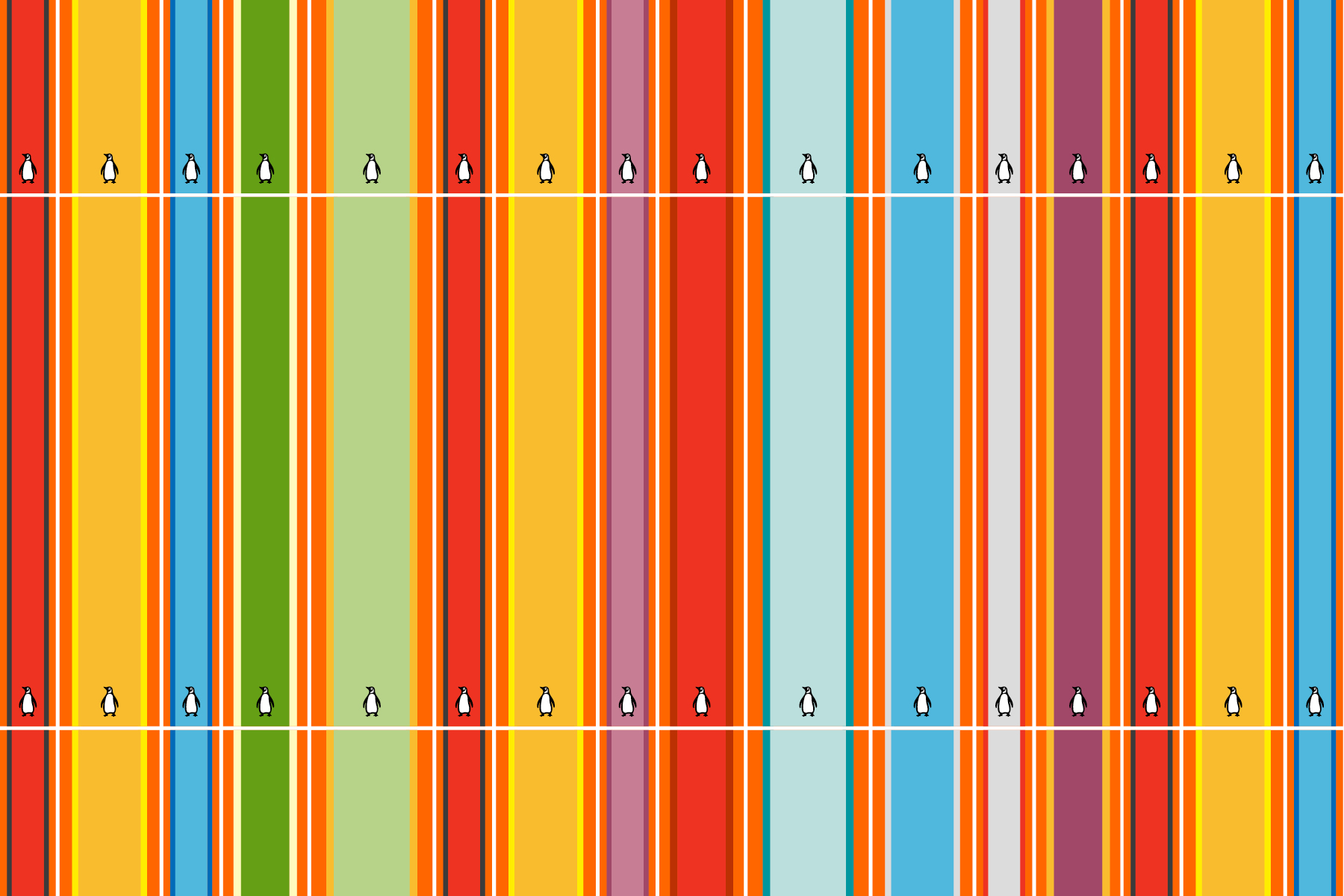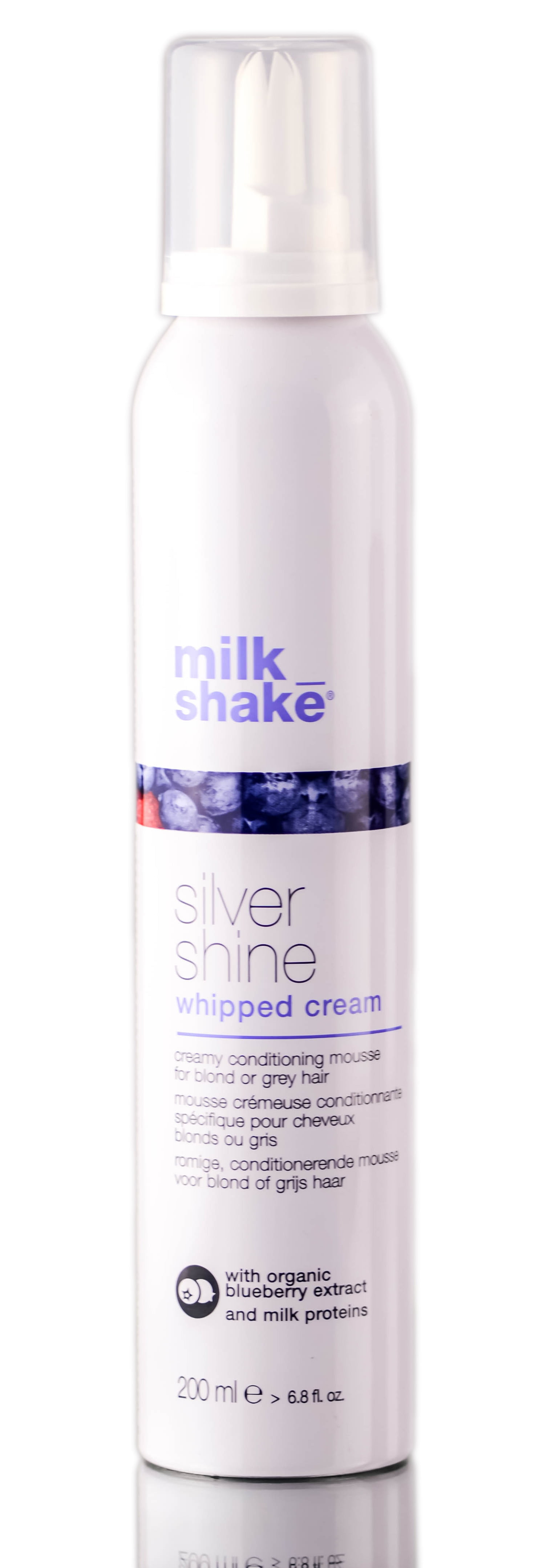Table Of Content
You need an eye-catching spine design to attract potential readers. Although it’s small compared to the rest of any publication, the spine is one of the most important physical parts of a book. Make sure the colors match or blend in the spine so that you’re not left with variance ruining an otherwise amazing cover! Well, even if you’ve created or commissioned beautiful artwork for your cover, a misaligned spine can ruin all of that.
Author’s name
You don’t have to duplicate the front cover’s typography style to achieve this. It can be difficult to determine whether to hire a professional to design your cover and spine. Basically, it comes down to your purpose for publishing your work. If you wrote and are publishing your book for fun, you might not want to incur the expense of a professional designer.
Why Designers Style Books Backwards - PureWow
Why Designers Style Books Backwards.
Posted: Mon, 05 Apr 2021 07:00:00 GMT [source]
Choose a contrasting color for the title
Book spine designs are like giving your book a special outfit for the shelf. In just 10 minutes, we’ve explored the importance of a well-designed spine, how it impacts bookshelves and reader impressions, and the key elements involved. Remember, a clear title, thoughtful typography, and a touch of creativity can make your book stand out.
Graphics and Imagery
Additionally, consider the size and shape of your book spine and how you can use that to your advantage. For example, a larger font or a creative graphic element can help your book spine stand out. In short, think outside the box and have fun with your book spine design to make it truly memorable. To make your book spine stand out, start by exploring different design elements, like colour, font, and imagery. Incorporating vibrant colours can make your book spine stand out, while a minimalist design or a bold image can also draw the eye. Whether dealing with thick or thin spines, designers and publishers must navigate these complexities with skill and creativity.
Cervical Procedures
This will help readers quickly find the latest part of the story on the shelf in the store, as well as organize the series at home. Have we convinced you that the right book spine design is essential? Our Book Creation Guide includes a great book spine calculator. If you intend to include text on your spine, such as the book’s title and author, size the text to a point measurement that is half or less the width of your spine.
Why won't the #BackwardsBooks trend die? - Mashable
Why won't the #BackwardsBooks trend die?.
Posted: Sat, 13 Jan 2018 08:00:00 GMT [source]
Colors
If you already have a series planned out, you should ensure the spines correlate once they’re on the shelf together. There are exceptions, but the subtitle usually only appears on the front cover and in the book’s front matter. A rule of thumb to remember with the spine is that less is more. Stick to the bare minimum so your spine has maximum impact and doesn’t look cramped and hard to read.
Contrasting colors are particularly effective as they enhance visibility and draw the eye. The spine should stand out, inviting readers to reach for the book. Therefore, the design of the book spine is a strategic aspect of book marketing, essential for capturing the interest of browsing customers and enhancing the book’s visibility on the shelf. A well-designed book spine stands out, creating an aesthetically pleasing display.
In most libraries, the catalog sticker is placed at the bottom of the spine, so if your title or name extends down too far, it risks being obstructed. Our last post discussed the ins and outs of the back cover and how to make the most of the space there. However, the back and front covers aren’t all that matter in cover design. If you prefer clear edges but still don’t want to bother with a separate design, you can make the spine stand out with contrasting colors. You should also avoid including other text as it can make binding too busy.
Pain Management for Southern California
Some hardback books include a dust jacket, which is a single sheet of thick paper that wraps around the inside of the front and back cover, often echoing the book’s cover. The dust jacket helps to maintain the book cover’s integrity. First off, the book’s title should be prominently displayed in large font so that it’s eye-catching and can easily be seen from a distance. The book spine is the outer edge of a book between the front and back cover that contains the title, author name, and publisher information.
Self-published authors can use their own author logo in place of a publisher or imprint logo. The spine’s design should ensure that the title is the dominant element, grabbing attention with its clear and legible presentation. For authors, particularly new ones, having a prominently displayed name on the spine can be instrumental in building recognition and readership. However, it’s essential to balance the use of space, as overcrowding with too much text, like long subtitles, can diminish the spine’s visual appeal and readability. Research almost 20 to 30 books in your genre; note their color theme, font styles, information written on their spine covers, and the spine layout.
One of the main challenges in designing a book spine is accounting for variance in spine width, which is dependent on the number of pages in the book. Unlike the front and back covers, whose sizes are standard, the spine width varies, requiring a tailored approach for each book. Consider the color scheme in relation to the front and back covers of the book, ensuring a cohesive and appealing design.

A well-designed spine can continue to attract readers long after the book’s release. The font should be easy to read and complement the cover design while also being large enough to be legible from a distance. The color and design of the spine should be consistent with the rest of the book’s design elements.

Text positioning is also important; in many regions, including the US, the standard orientation is for the text to run down the spine. The text should be centered, creating a balanced and aesthetically pleasing look. Avoid overly ornate script fonts that might be challenging to decipher from a distance. Remember, the spine’s font should enable quick and easy identification of the title and author’s name, even when the book is nestled among many others on a shelf.
Probably the ones with the brightest colors and the largest, boldest type, right? But also notice the different ways in which the elements are arranged. For this article, I decided to look at only single-volume works. There are many examples of outstanding design that spread across the spines of all the books in a series, but that’s a different design challenge.
When it comes to size, you’ll want to ensure that your book spine is wide enough to display all the necessary information. A good rule of thumb is to make sure that the spine is at least 1/3 of an inch wide. This will ensure that the text and other elements are easily readable, even when the book is stacked on a shelf. You can design a book spine for a paperback or a dust jacket in two basic ways. Either use it as a space for the front cover to flow over to the back, or make it a distinct piece that divides the front and back designs.
A book spine is the long narrow side of a book that is visible on shelves, and it’s the first thing a potential reader will see. Here’s an illustration from Book Design Made Simple (page 440). Notice that the publisher’s name is always at the bottom in these examples. If your book will be appearing in libraries, the catalog number will be shown on a sticker at the base of the spine—so don’t let the title or author’s name stray down too far.

No comments:
Post a Comment